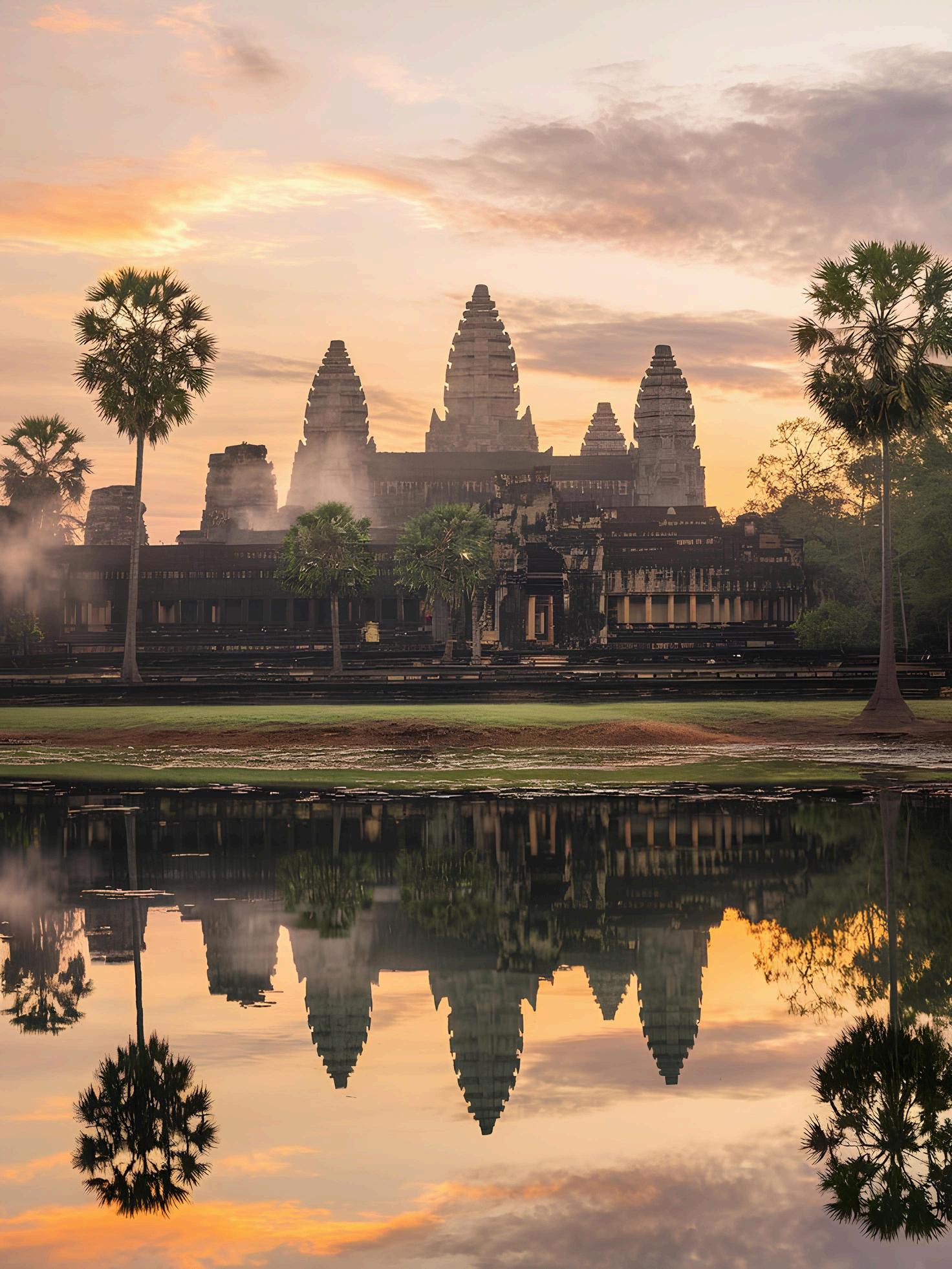


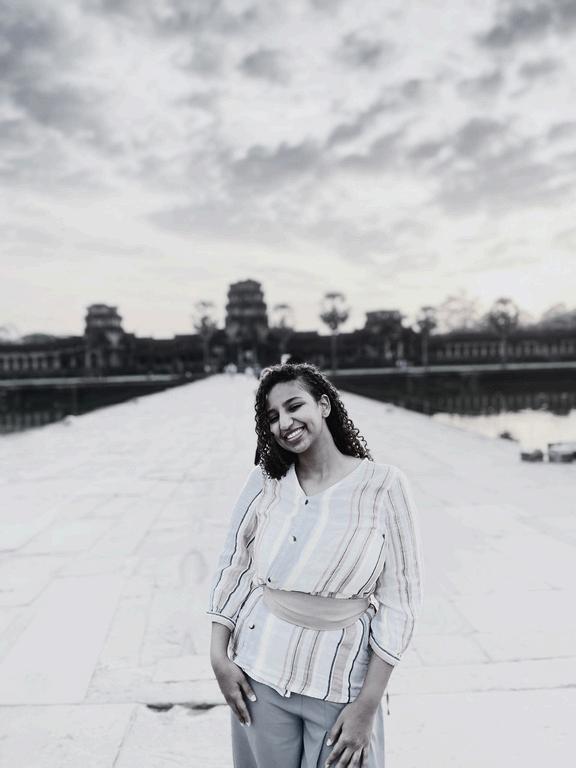
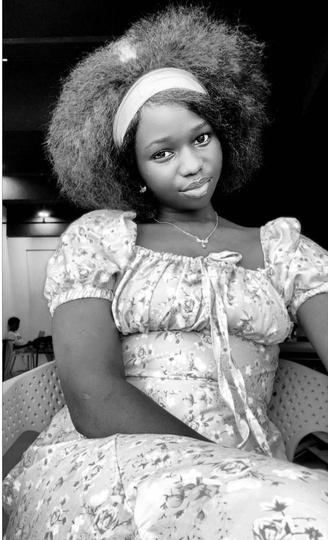

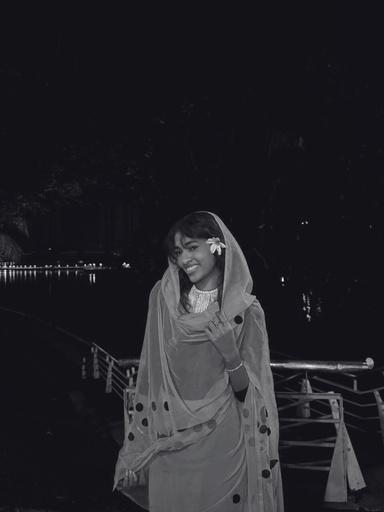
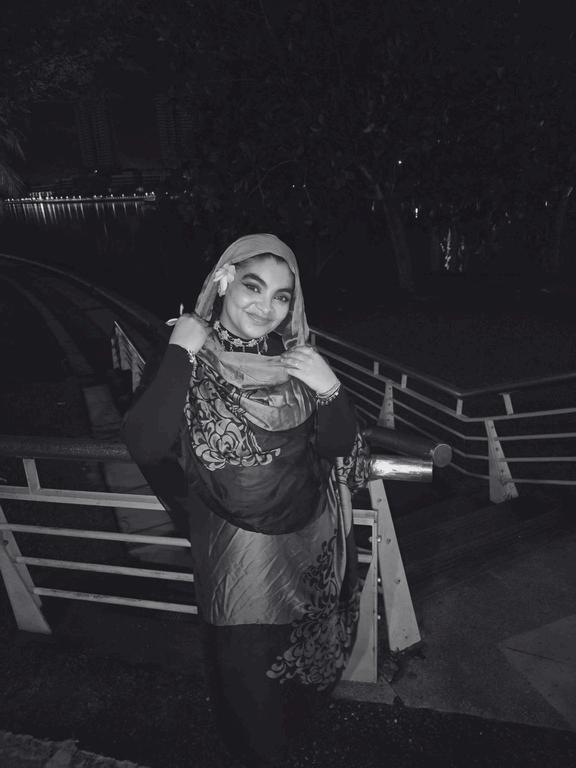
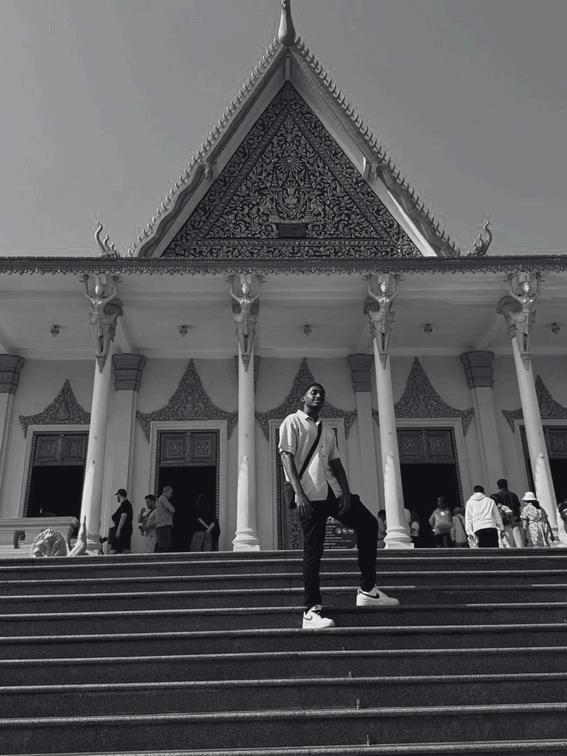
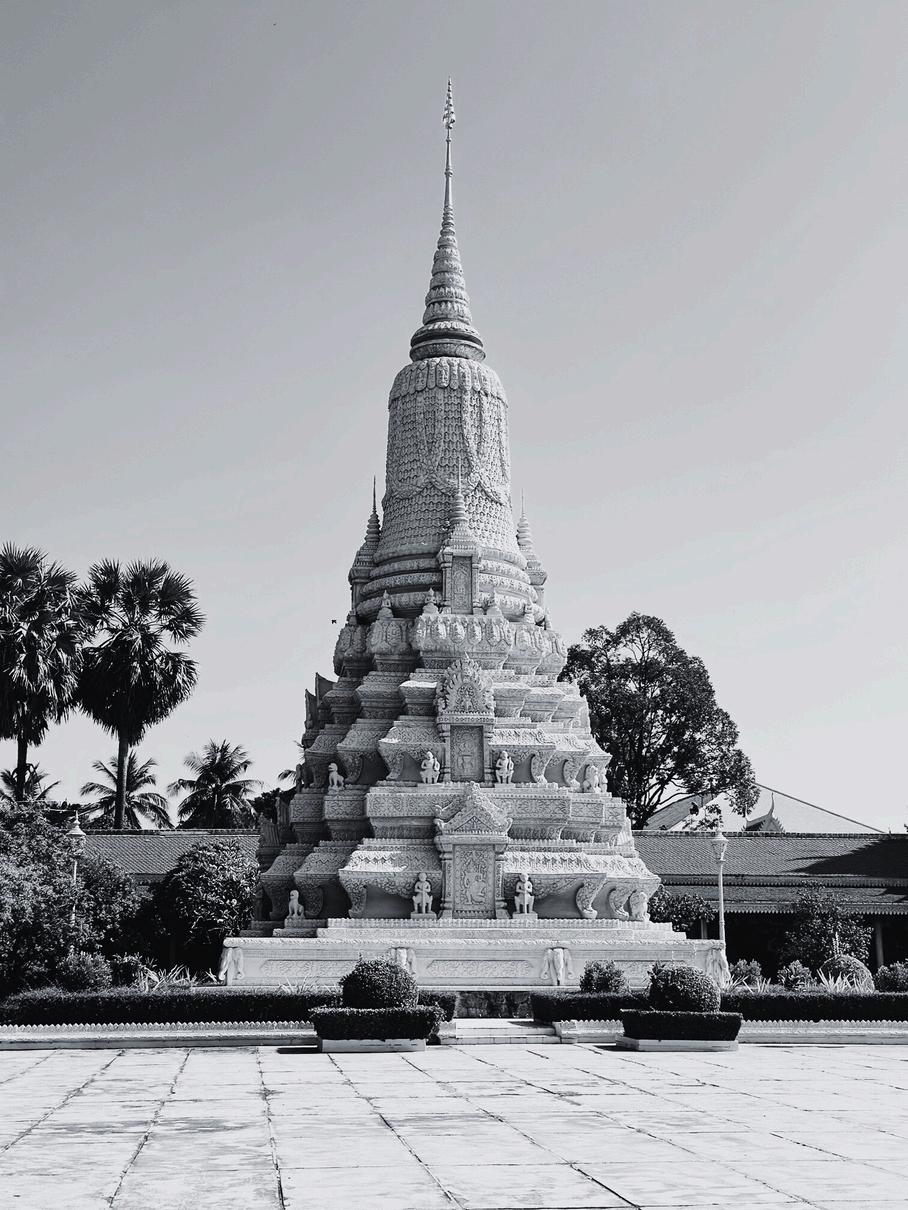











Cambodia is a beautiful country located in Southeast Asia, known for its rich history, culture, and stunning landscapes Its capital city is Phnom Penh, and the country is famous for the ancient temple complex of Angkor Wat, one of the largest religious monuments in the world.
Cambodia has a population of over 16 million people and the official language is Khmer. Despite its tragic history during the Khmer Rouge era, Cambodia has grown into a peaceful nation with a warm and friendly population. Tourists from all over the world visit Cambodia to explore its temples, beaches, and unique traditions.
With that in mind, we visited Siem Reap and Phnom Penh, where we experienced the country's rich history, vibrant culture, and breathtaking landscapes.

In the famouse words of our Tour guide Akom Tom Tom

Day 1
central Market (siem reap)
Muslim Family Resturant
Angkor Night Market
Day 2
Tonle Sap (Kompong Phluk)
Kompong Phluk Fishing Village
The Hero Rat
Artisans Angkor (Handicraft Centre)
Resturant Hunting
Day 3
Angkor Wat & Sunset at Bakeang Mountain
Old Market
Restaurant Hunting
CentralMarket(siemreap)
MuslimFamilyRestaurant
AngkorNightMarket
TonleSap(Kompong Phluk)
KompongPhlukFishing Village
TheHeroRat
ArtisansAngkor (HandicraftCentre)
AngkorWat&Sunsetat BakeangMountain
OldMarket
SpiderVillage
Museum-PhnomPenh
RestaurantHunting
VisittoRoyalPalace
ToulSlongGenocide(S21)
CentralMarket
Day 4
Moving from Siem Reap to Spider Village then to Phnom Penh
Museum - Phnom Penh
Boat ride
Resturant Hunting
Day 5
Visit to Royal Palace
Toul Slong Genocide (S21) Central Market


Ancient History and the Khmer Empire
Cambodia’s most famous historical period is the era of the Khmer Empire (9th–15th centuries), which dominated much of mainland Southeast Asia. The empire’s capital, Angkor, was home to stunning architectural marvels, the most famous being Angkor Wat, the largest religious monument in the world. Originally built as a Hindu temple dedicated to Vishnu by King Suryavarman II (early 12th century), it later transformed into a Buddhist site. The Khmer Empire flourished due to advanced irrigation and agricultural systems, but internal strife and external pressures (such as invasions from Thailand and Vietnam) led to its decline.
Colonial Period and Independence
By the late 19th century, Cambodia became a French protectorate (1863–1953) as part of French Indochina, alongside Vietnam and Laos. Under French rule, modern infrastructure, education, and administrative systems were introduced, but Cambodians had limited political power. Cambodia gained independence in 1953, led by King Norodom Sihanouk, who later became a central political figure in the country’s modern history.
Khmer Rouge and Civil War (1970s)
One of Cambodia’s darkest periods came in the 1970s with the rise of the Khmer Rouge, a radical communist regime led by Pol Pot. After taking control in 1975, the Khmer Rouge sought to create an agrarian socialist society, leading to mass executions, forced labor, and famine. An estimated 1.7–2 million people (about a quarter of the population) died in what became known as the Cambodian Genocide. The regime was overthrown in 1979 when Vietnamese forces invaded, leading to decades of instability and civil conflict.
Modern Cambodia
In the 1990s, Cambodia transitioned toward peace and democracy under the Paris Peace Accords (1991). The country gradually rebuilt itself, with economic growth fueled by tourism (especially to Angkor Wat), agriculture, and manufacturing. Today, Cambodia is a constitutional monarchy under King Norodom Sihamoni, with a government led by the Cambodian People's Party (CPP).



Religion and Spirituality
Buddhism is the dominant religion, followed by over 95% of Cambodians, shaping daily life, traditions, and festivals. The country’s rich spiritual heritage also reflects Hindu influences from the Angkor period, evident in temple carvings and myths.
Art and Architecture
Cambodian art is deeply influenced by the Khmer Empire. Intricate stone carvings, traditional silk weaving, and shadow puppetry remain essential cultural expressions. Modern architecture often blends traditional Khmer elements with contemporary design.
Food and Cuisine
Cambodian cuisine shares similarities with Thai and Vietnamese food but has unique flavors. Amok trey (fish curry in banana leaves), lok lak (stir-fried beef), and nom banh chok (Khmer noodles) are popular dishes. Rice is a staple in every meal.
Festivals and Traditions
Cambodia celebrates several major festivals, including: Khmer New Year (Chaul Chnam Thmey) – Celebrated in April with water fights, games, and temple visits.
Pchum Ben – A festival honoring ancestors, where families offer food to monks.
Water Festival (Bon Om Touk) – Marking the reversal of the Tonlé Sap River’s flow, with boat races and celebrations.
Traditional Dance and Music
The Apsara dance, a classical performance inspired by Angkorian carvings, is a highlight of Cambodian culture. Traditional music, featuring instruments like the roneat (Khmer xylophone) and tro (two-stringed fiddle), plays an important role in ceremonies and entertainment.
Contemporary Culture and Identity
Despite its turbulent history, Cambodia’s culture remains vibrant. Young artists, musicians, and designers are blending ancient traditions with modern influences. Tourism and globalization have brought economic growth, but many Cambodians also work to preserve their unique heritage and local crafts.



Tonlé Sap Lake, the largest freshwater lake in Southeast Asia, serves as the lifeline of many Cambodian communities.
In Kompong Phluk, visitors can explore floating villages where homes are built on towering stilts, adapting to the lake’s seasonal changes.A boat ride through the mangrove forests surrounding the village provides a closer look at Cambodia’s delicate aquatic ecosystem.
For nature and wildlife enthusiasts, the APOPO Center in Siem Reap introduces visitors to the famous "hero rats" trained to detect landmines. This initiative not only supports environmental safety but also highlights Cambodia’s efforts toward sustainable development and conservation.

The Bakeng Mountain offers breathtaking panoramic views of Angkor Wat, making it an ideal location for sunset hikes. As visitors ascend, they are met with lush surroundings that contrast the stone temples below, showcasing the seamless integration of nature and history



Cambodia, a land where history and nature intertwine, offering travelers a glimpse into a world shaped by both time and terrain. From the towering stone faces of Angkor Wat to the floating villages of Tonle Sap Lake, the country’s landscapes are as much a part of its identity as its ancient ruins Tourism here is not just about monuments; it is about experiencing a way of life deeply connected to the land and water
Cambodia’s tourism sector thrives on its deep historical roots and vibrant cultural experiences.
Siem Reap, the country’s most visited city, serves as the gateway to the world-renowned Angkor Wat, a UNESCO World Heritage site that stands as the largest religious monument in the world Walking through its intricate corridors and towering stone structures, visitors witness the grandeur of the Khmer Empire, a civilization that shaped Southeast Asia’s architectural and artistic identity.
Beyond Angkor Wat, Siem Reap’s bustling markets showcase Cambodia’s modern tourism appeal The Angkor Night Market and Central Market offer a lively atmosphere filled with local crafts, traditional street food, and souvenirs that reflect the country’s artistic traditions. At Artisan Angkor, travelers can witness the craftsmanship of skilled artisans preserving Cambodia’s traditional silk weaving, stone carving, and lacquerware production


, the capital city, tourism wines with history The Royal Palace stands as mbol of Cambodia’s monarchy, with its golden s and the famous Silver Pagoda, which houses nning collection of national treasures. However, bodia’s past is not without tragedy. The Tuol g Genocide Museum (S21) offers a sobering nto the Khmer Rouge regime, reminding visitors resilience of the Cambodian people more adventurous travelers, Spider Village near m Penh introduces a unique culinary ience. Here, locals sell deep-fried tarantulas, a acy that reflects Cambodia’s ability to adapt and ate in its culinary traditions.
“A great building must begin with the unmeasurable, must go through measurable means when it is being designed, and in the end must be unmeasurable ” Louis Kahn
Cambodia, rich in history and culture, faces several modern challenges as it develops and integrates into the global economy.



Many rural schools lack resources, and while English and digital skills are growing in demand, opportunities remain unequal University graduates often struggle to find well-paying jobs, though vocational training programs are helping bridge the gap
Cities like Phnom Penh and Siem Reap are rapidly expanding, leading to traffic congestion, housing shortages, and informal settlements. A construction boom, driven by foreign investment, raises concerns about land rights and cultural identity
Deforestation, plastic waste, and water pollution threaten Cambodia’s natural resources Illegal logging and industrial waste harm ecosystems, but eco-tourism and sustainability initiatives aim to counteract these issues
Cambodia’s economy thrives on tourism, textiles, and a growing tech sector However, the COVID-19 pandemic impacted tourism, garment workers face wage issues, and tech infrastructure needs improvement Income inequality and rural poverty remain major concerns, with agriculture affected by climate change and unstable prices

Cambodia is a nation in transition, balancing rapid economic growth with deeprooted challenges. While booming industries like tourism, garment manufacturing, and real estate have propelled development, wealth inequality remains stark, with rural communities struggling to keep pace. Politically, the ruling party maintains tight control, limiting opposition and press freedom, raising concerns about democracy. Environmental degradation, from deforestation
to the declining Tonle Sap Lake, threatens both biodiversity and livelihoods, while plastic waste overwhelms cities. Meanwhile, mass tourism fuels the economy but pressures heritage sites like Angkor Wat. With over 60% of the population under 30, Cambodia’s youth are driving digital engagement and social change, yet misinformation and job insecurity persist. As the country navigates modernization, the challenge remains: can it achieve sustainable growth while ensuring inclusivity and cultural preservation?

"In the heart of Cambodia, life flows with tradition, resilience, and a deep sense of community where past and present blend seamlessly in the daily lives of its people "

Traditional craftsmanship is an essential part of Cambodian culture. Many artisans continue ancient techniques passed down for generations. Some of the most well-known handicrafts include:
- Silk Weaving*: Cambodia is famous for its high-quality silk, often woven into scarves and traditional dresses (sampot).
- Silverwork: Skilled artisans create detailed silver jewelry, boxes, and home decorations.
- *Pottery and Ceramics*: In Kampong Chhnang, potterymaking is a traditional skill that has survived for centuries.
These crafts are often sold at local markets, in workshops, and exported worldwide.



Markets are the heart of Cambodian life, where people shop for fresh produce, handmade goods, and traditional street food. Some of the most famous markets include:
- *Phsar Thmei (Central Market) in Phnom Penh*: A historic Art Deco-style market selling jewelry, clothes, souvenirs, and food.
- *Phsar Chas (Old Market) in Siem Reap*: Popular among tourists for its local handicrafts and food stalls.
Cambodia is a country rich in traditions, and its people have a deep connection to their history, religion, and daily customs.

Many Cambodians start their day early, often waking up before sunrise. In villages, people gather to eat at small food stalls, and monks walk through the streets receiving alms from locals.


Although modern fashion is common in cities, many Cambodians still wear traditional clothing for special occasions.
- Sampot: A traditional Cambodian garment, similar to a long skirt, worn by both men and women
- Krama: A checkered scarf used for multiple purposes worn as a head covering, tied as a belt, or used to carry babies.
- Apsara Costumes: Worn by classical dancers, featuring golden headdresses and elegant silk outfits

Buddhism is central to Cambodian life, with over 90% of the population being Theravāda Buddhists Monks are highly respected and play a significant role in religious ceremonies, education, and social work
- Many young boys spend time as monks in temples to learn discipline and Buddhist teachings.
- Cambodians often visit pagodas (temples) to make offerings, pray, and seek blessings.
- Wat Phnom in Phnom Penh and Preah Vihear Temple are important spiritual sites.


Angkor Wat, built in the 12th century by King Suryavarman II, is the largest religious monument in the world and a symbol of Cambodia’s artistic and architectural brilliance.
Originally a Hindu temple before becoming a Buddhist site, its design reflects both spiritual symbolism and advanced engineering.
Grand Architecture: The temple’s five towers represent Mount Meru, with a central tower (65m tall) symbolizing spiritual enlightenment.
Intricate Carvings: Over 800 meters of bas-reliefs depict Hindu myths, historical battles, and 1,500 Apsara dancers carved in stunning detail.
Angkor Wat was designed as more than just a temple it is a spiritual representation of the universe.
The concentric galleries represent different levels of spiritual enlightenment. The long causeway leading to the temple symbolizes the journey from the human world to the divine. The central sanctuary represents the ultimate state of nirvana or enlightenment.

Engineering Marvel: Built with sandstone blocks from 50 km away, a moat system ensures its stability, and its alignment with the solstices shows advanced astronomical knowledge.
Spiritual Symbolism: The temple layout mirrors the Hindu cosmos, with galleries representing different stages of enlightenment.
Today, Angkor Wat is a UNESCO World Heritage Site, a national icon, and one of the most visited landmarks in the world, preserving Cambodia’s legacy of art and architecture.

Rising majestically along Phnom Penh’s skyline, the Royal Palace is more than just a historical landmark—it is a masterpiece of Khmer architecture, and a living symbol of Cambodia’s rich heritage, When the capital moved from Oudong to Phnom Penh in 1866, King Norodom commissioned this architectural wonder, strategically positioned where the Tonle Sap, Mekong, and Tonle Bassac rivers converge Today, it stands proudly along Sothearos Boulevard, welcoming visitors into a world of gilded spires, intricate carvings, and spiritual symbolism
A Marvel of Khmer Architecture

The Prasat Tevea Vinichhay, or Throne Hall, is an architectural jewel inspired by the aweinspiring Bayon Temple at Angkor Wat This cruciformshaped structure is crowned with three towering spires, with the central one soaring to 59 meters At its pinnacle, the four serene faces of Brahma gaze outwards, embodying the virtues of mercy, compassion, sympathy, and fairness. Beneath its splendid roof, the Throne Hall continues to serve as the site of royal coronations, diplomatic ceremonies, and prestigious state functions, maintaining its legacy as a space of power and tradition.

Standing in striking contrast to the rest of the palace, the Napoleon III Pavilion tells a story of international grandeur. The first permanent structure on the site, this entirely ironclad building was originally constructed in France in 1869 for Empress Eugénie, wife of Napoleon III, to commemorate the opening of the Suez Canal. Gifted to King Norodom in 1876, it now serves as a fascinating historical anomaly within the Royal Palace, blending European craftsmanship with Cambodia’s regal splendor.

The Art Deco Gem of Phnom Penh
Beyond ancient temples, Cambodia’s artistic landscape embraces modern history through architectural marvels like Phsar Thmey, or Central Market. This striking Art Deco structure, built during the French colonial era in 1937, remains one of Phnom Penh’s most iconic landmarks
Designed by architect Jean Desbois and engineered by Wladimir Kandarouof and Louis Chauchon, the market’s enormous dome one of the largest in the country creates a stunning centerpiece flanked by four grand wings .
Before Phsar Thmey’s construction, the site was a natural lake called Boeng Decho, which served as a reservoir during the rainy season Under French rule, the lake was drained to make way for the market, symbolizing Cambodia’s transition into modern urban planning. According to architect Lim Try, “Phsar Thmey is not just a beautifully designed building; its layout is highly economical. The structure’s ventilation system, created by numerous small windows in the dome, allows fresh air to circulate naturally, reducing the need for artificial cooling ”

This fusion of Art Deco aesthetics and practical design makes Phsar Thmey not only a commercial hub but also an architectural masterpiece that bridges Cambodia’s colonial past with its vibrant present
The National Museum of Cambodia: A Sanctuary of
The rust-red sandstone façade of the National Museum of Cambodia stands as a testament to Khmer artistic excellence Inspired by Angkor Wat, the museum was designed in the form of a Prasat Phnom temple, with a raised foundation and a central tower surrounded by cloistered galleries. Architect Georges Groslier, also the museum’s first director, oversaw its construction, laying the foundation stone on August 15, 1917 Originally named Musée du Cambodge, it was later renamed the National Museum of Cambodia in 1961.


Housing one of the world’s finest collections of Khmer art, the museum holds over 10,750 artifacts, including sandstone sculptures, bronze statues, and ancient ceramics. Its serene courtyard, featuring four fish ponds and lush gardens, enhances the spiritual ambiance of this cultural haven. Khmer mythological scenes, drawn in gold leaf, adorn the museum’s wooden shutters, preserving the visual storytelling traditions of the Khmer people.

In addition to grand temples and colonial landmarks, Cambodia’s architectural diversity extends to its floating villages. Traditionally, Cambodian houses are built either on land or water, with floating homes primarily belonging to fishing communities. Today, the last remaining Cambodian floating villages are found on the Tonle Sap Lake, while those on the Tonle Sap River in Phnom Penh are mainly occupied by Vietnamese and Cham immigrants who arrived without land ownership







In addition to grand temples and colonial landmarks, Cambodia’s architectural diversity extends to its floating villages. Traditionally, Cambodian houses are built either on land or water, with floating homes primarily belonging to fishing communities Today, the last remaining Cambodian floating villages are found on the Tonle Sap Lake, while those on the Tonle Sap River in Phnom Penh are mainly occupied by Vietnamese and Cham immigrants who arrived without land ownership
In addition to grand temples and colonial landmarks, Cambodia’s architectural diversity extends to its floating villages. Traditionally, Cambodian houses are built either on land or water, with floating homes primarily belonging to fishing communities. Today, the last remaining Cambodian floating villages are found on the Tonle Sap Lake, while those on the Tonle Sap River in Phnom Penh are mainly occupied by Vietnamese and Cham immigrants who arrived without land ownership


Khmer classical dance is a profound expression of Cambodian art, blending fluid movements with intricate hand gestures to convey spiritual and historical narratives. Originally performed in royal courts, the dance represents celestial apsaras—divine nymphs believed to entertain gods. The meticulous gestures, gilded headdresses, and shimmering silk costumes create a performance that is both visually stunning and deeply symbolic.

Amok Trey is a beloved Cambodian dish made with freshwater fish, typically catfish or snakehead, cooked in a fragrant coconut curry.

Nom Banh Chok is a classic Cambodian breakfast dish consisting of rice noodles topped with a light, aromatic fish-based curry sauce The sauce is made from fermented fish paste (prahok), coconut milk, and fresh herbs such as mint, basil, and banana blossoms.

The fish is marinated with kroeung (a Cambodian spice paste made from lemongrass, turmeric, galangal, and kaffir lime leaves) and mixed with coconut milk and egg to create a smooth, custard-like texture. It is traditionally steamed in banana leaves, which infuse the dish with a subtle aroma, and often served with rice
Cambodia has a vibrant street food culture, offering a mix of traditional and exotic snacks. One of the most famous and daring—street foods is fried tarantulas, a delicacy dating back to the Khmer Rouge era when food was scarce.


These crispy spiders are deep-fried with garlic and salt, offering a crunchy, slightly sweet taste Another popular snack is fried crickets, which are high in protein and enjoyed for their nutty, savory flavor. In addition to these, street vendors sell skewered meats, fresh tropical fruits, and sweet desserts like num pang (sticky rice cakes)
From the grandeur of Angkor Wat to the vibrant streets of Phnom Penh, Cambodia is a land where ancient traditions and modern aspirations coexist. Its rich history, breathtaking landscapes, and resilient people make it a place of endless fascination.
As Cambodia continues to evolve, it remains deeply connected to its roots, preserving its cultural identity while embracing the future. Whether through its art, architecture, cuisine, or daily life, the essence of Cambodia is one of beauty, strength, and transformation.
This magazine offers just a glimpse into the soul of Cambodia but the true magic lies in experiencing it for yourself.

References:
UNESCO. (n.d.). Angkor. Retrieved from https://whc.unesco.org/en/list/668/ Cambodia Tourism Ministry (2023) Tonle Sap and Its Floating Villages Retrieved from https://www.tourismcambodia.org
APOPO (2024) HeroRATs and Landmine Detection in Cambodia Retrieved from https://www.apopo.org
Lonely Planet. (2024). Cambodia Travel Guide. Retrieved from https://www.lonelyplanet.com/cambodia World Bank – Cambodia
The Guardian – Cambodia’s Urban Growth
STHAPATYAKAM The Architecture of Cambodia